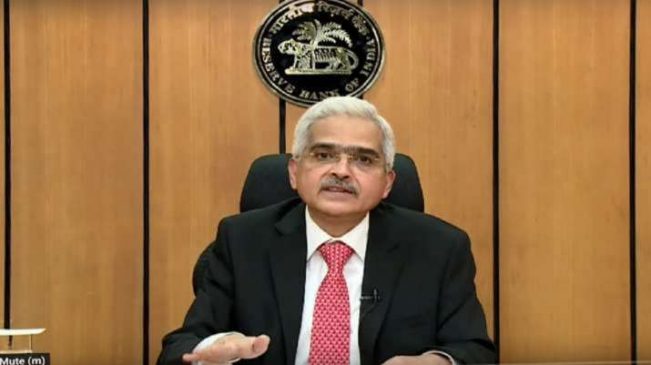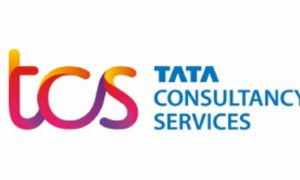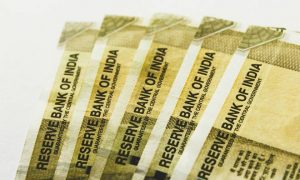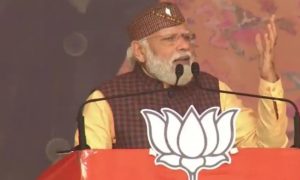Impacted by relentless inflationary headwinds, and global economic slowdown, the Reserve Bank of India has pulled up the short-term lending rates (repo rates) for financial institutions by 50 basis points to 5.9% on Friday, the fourth such hike since May this year. Putting the decision in perspective, the ongoing tightening of the monetary policy is consistent with the unprecedented hike in interest rates by the US Federal Reserve which has strengthened the US dollar against various other currencies including Indian Rupee. A weakening rupee amid global macro pressures can hit domestic growth hard and vindicates RBI’s decision to pursue an aggressive monetary policy to arrest the situation.
Read More: Sanmina and Reliance Industries Complete Manufacturing JV Transaction in India
But does September policy action to further tighten liquidity spell a tragedy for the country’s non-banking corporations (NBFCs)?
As observed in the recent policy rate hikes, the lenders will yet again be constrained to harden the lending rates across segments including home loans, car loans, and gold loans. Friday’s rate hike announcement will certainly add to the concerns of NBFCs as they struggle to maintain profitability in an already challenging economic environment as a frequent increase in interest rates not only dents the number of loan takers but carries a serious risk of default from existing borrowers. For an NBFC the measurement of profit is the difference between the cost of borrowing, which essentially implies that these institutions have to raise funds to lend it to consumers, and the cost of credit, which means additional charges on loans.
Going forward, markets are speculating a feasible chance that the cost of credit is likely to decline on account of NBFCs holding provisional funds over and above the stipulated requirement. The buffer stock does not only provide a cushion against an uncertain financial business landscape but also the resultant fall in the cost of the credit will offset the shock caused by the surging cost of borrowing. Meanwhile, it has also been observed widely that repo rate hikes have translated into higher interest rates on fixed deposits (FD) by NBFCs which has borne well with consumers resulting in the substantial opening of new FD accounts.
Read More: Yes Bank reports best loan growth in four quarters
RBI governor Shaktikanta Das assured that the Indian economy continues to be resilient in midst of global turmoil, but it is almost certain that aggressive monetary measures are likely to continue with at least two more rate hikes this fiscal before inflation levels are controlled and RBI policy goes into an accommodative stance.
Accordingly at this juncture, it would be advisable for NBFCs to revisit and strengthen the lending framework to mitigate poor credit quality loan proposals.
It is also necessary to maintain a healthy cash inventory. It is expected that most NBFCs will strategize to raise funds through short-term corporate debt as these assets are more safeguarded against price fluctuations compared with long-term debt funds.
While NBFC can’t avoid transmitting the increased policy rates to customers, an adequate cash reserve can help lessen the burden on borrowers’ shoulders during the current rate-tightening cycle. At the same time, whether the NBFCs had factored in the rate hike and accordingly may not pass the buck to their customers is yet to be ascertained, but is a plausible scenario.
As stated by the RBI governor, there is ‘nervousness in the financial market, the global economy eye of the new storm’. However, with proper sustainable planning, this storm can be weathered.





































